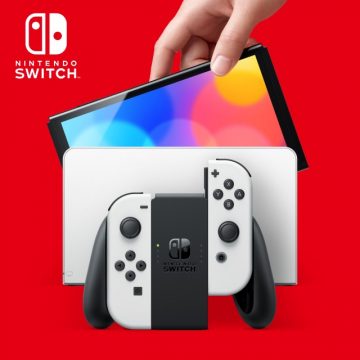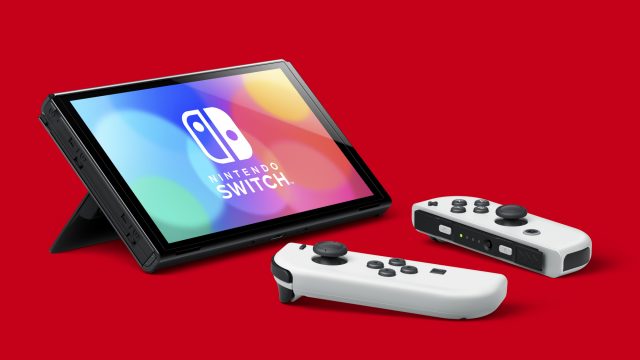Bits & Bytes is a weekly column where Editor-in-Chief Robert shares his thoughts about video games and the industry on a lazy Sunday. Light reading for a day of rest, Bits & Bytes is short, to the point, and something to read with a nice drink.
I’ve had the OLED Model of Nintendo Switch since launch a little over a week ago. Color me impressed. It’s luxurious. Somehow, despite not being all that different from the baseline model that debuted four years ago, OLED is a more complete version of the system. Is it pumping out 4K graphics? No. What it is doing is bringing a bigger, better screen to the table. A longer battery life. More (albeit still not enough) internal storage. A proper stand. Improved speakers. All of which adding up to yield the Switch that Nintendo arguably should have led with in the first place.
The improvements to the OLED iteration of Switch seem small at first and in some cases are. It’s when you start adding them up and looking at the bigger picture that everything clicks into place and it becomes clear how OLED justifies its existence. Anyone who owns a Switch can easily get away with not upgrading. But doing so does bring a lot of quality of life improvements. Improvements that I feel help to make Switch far more portable than before. Better screen, battery, and storage means playing with better fidelity for longer with more games.

Anyway, full thoughts are coming in a proper review. In the meanwhile, I’ll say that if you own a Switch, you don’t need an OLED. The second you touch one, however, you’re likely going to want one.




 ShareThis
ShareThis






